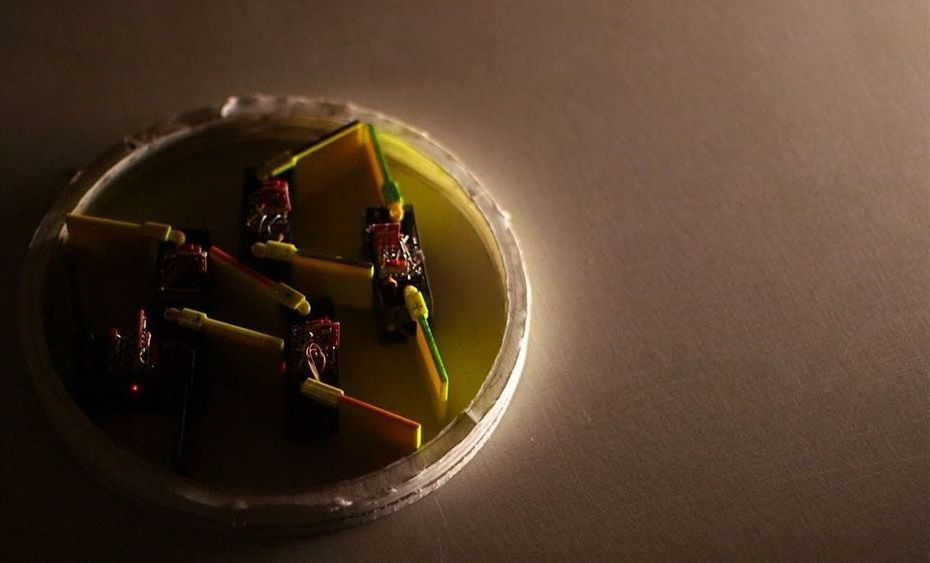Feb 23, 2020
This Technique Uses AI to Fool Other AIs
Posted by Genevieve Klien in categories: biotech/medical, robotics/AI
Changing a single word can alter the way an AI program judges a job applicant or assesses a medical claim.
Changing a single word can alter the way an AI program judges a job applicant or assesses a medical claim.
I’ve been reading an excellent book by David Wood, entitled, which was recommended by my pal Steele Hawes. I’ve come to an excellent segment of the book that I will quote now.
“One particular challenge that international trustable monitoring needs to address is the risk of more ever powerful weapon systems being placed under autonomous control by AI systems. New weapons systems, such as swarms of miniature drones, increasingly change their configuration at speeds faster than human reactions can follow. This will lead to increased pressures to transfer control of these systems, at critical moments, from human overseers to AI algorithms. Each individual step along the journey from total human oversight to minimal human oversight might be justified, on grounds of a balance of risk and reward. However, that series of individual decisions adds up to an overall change that is highly dangerous, given the potential for unforeseen defects or design flaws in the AI algorithms being used.”
The fifteen years from 2020 to 2035 could be the most turbulent of human history. Revolutions are gathering pace in four overlapping fields of technology: nanotech, biotech, infotech, and cognotech, or NBIC for short. In combination, these NBIC revolutions offer enormous new possibilities: enormous opportunities and enormous risks.
An AI algorithm found an antibiotic that wipes out dozens of bacterial strains, including some of the most dangerous drug-resistant bacteria in the world.

Robots are resting, but the #SubTChallenge humans are hard at work today, prepping the course for Round 2 of the Urban Circuit. Have questions about the SubT Challenge? Submit via #AskSubT. We’ll answer as many as we can 2pm ET/11am PT Sunday. Watch:

Swarming 3D printed smarticles unlock new method of robot locomotion and may be able to form load-bearing structures
An accidental discovery about construction staples led to the development of the swarming robots. Nick Gravish, a doctoral student at Georgia Tech working on a project with the Army Research Laboratory, found that if these heavy duty staples were poured into a box with removable sides, they would self-assemble into tower structures that will stay standing even if the box was disassembled. This, he realised, meant that entangling simple structures could lead to the formation of a composite structure with mechanical properties well beyond those of the original structures.
Brings children and people closer to technology : learn the logical connection between code and action, and by assembling it they understand how its components, and electronics work.
Buy a Otto DIY Kit robot you will be able to build your own custom robot in as little as one hour with your kids!
Otto DIY is more than a robot: you will learn how robots works, you will build and code your own Otto and his personality!The robot is completely open source, Arduino compatible, 3D printable, and with a social impact mission to create an inclusive environment for all kids.
Continue reading “Otto DIY — learn and build your own robot” »
One of the most commonly mentioned questions about the differences between AI and real intelligence is that the later seems to require less data than the former in order to achieve the same performance. However, we’ll explain to you in this article that why such phenomenon is nothing but an illusion… To continue reading, please visit: https://bit.ly/2p7xN0i #artificialintelligence #machinelearning #deeplearning #neuralnetworks #data #technology